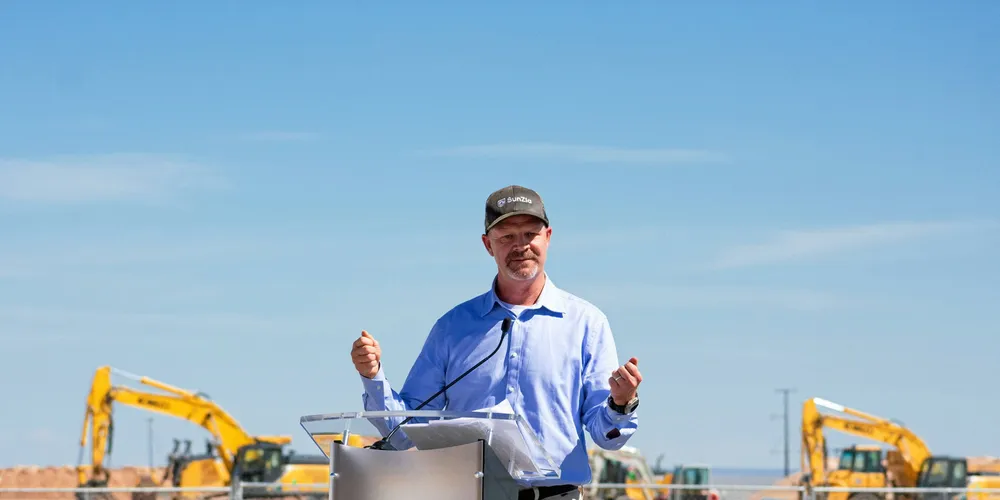SunZia wind transmission project turns dirt after circuitous 15-year US review process
Final approval by federal regulators will enable 3GW of New Mexican wind power to be delivered to Arizona and California load centres

Pattern Energy has begun construction on its SunZia transmission project that will carry an initial 3GW of clean power to US southwestern markets from the nation’s largest wind project with the same name in the state of New Mexico.
Established electric grid connections there will deliver the power to Arizona and adjacent states, mainly California which faces a daunting challenge to originate and import sufficient clean energy to meet its ambitious climate targets by 2045.
Pattern anticipates a three-year construction period for the 525kV transmission line while it simultaneously builds a 3.5GW wind farm with the same name. Together, they comprise the largest clean energy infrastructure project in US history, according to the company, based in San Francisco.
"The SunZia Transmission Project will accelerate our nation's transition to a clean energy economy by unlocking renewable resources, creating jobs, lowering costs, and boosting local economies," said Interior Secretary Deb Haaland said at the groundbreaking.
Federal lands make up more than 30% of the project route. Pattern CEO Hunter Armistead said the transmission project is the “successful result of a truly collaborative approach that accomplished something many thought was impossible."
Pattern, which acquired the transmission project a year ago, will build the wind farm in a single stage, raising the bar for the US renewable energy industry.
By comparison, the 1.55GW Alta Wind Energy Centre in California, the nation’s largest wind farm, required most of last decade and 13 stages to construct.
Armistead said the project will elevate Pattern’s expertise around effectively managing a “well-shaped” product created in New Mexico and delivering it to distant customers.
That product derives from the uniqueness of New Mexico’s wind profile which complements solar out west, especially in California, the number two state power market after Texas.
The wind tends to ramp in the later afternoon hours through the early evening. In California, this is a period of high demand as millions of residents return home from work and when availability of solar diminishes and stored energy in batteries is released.
In March 2020, Canada Pension Plan Investment Board acquired Pattern in a deal valued at $2.63bn and then took it private.
(Copyright)